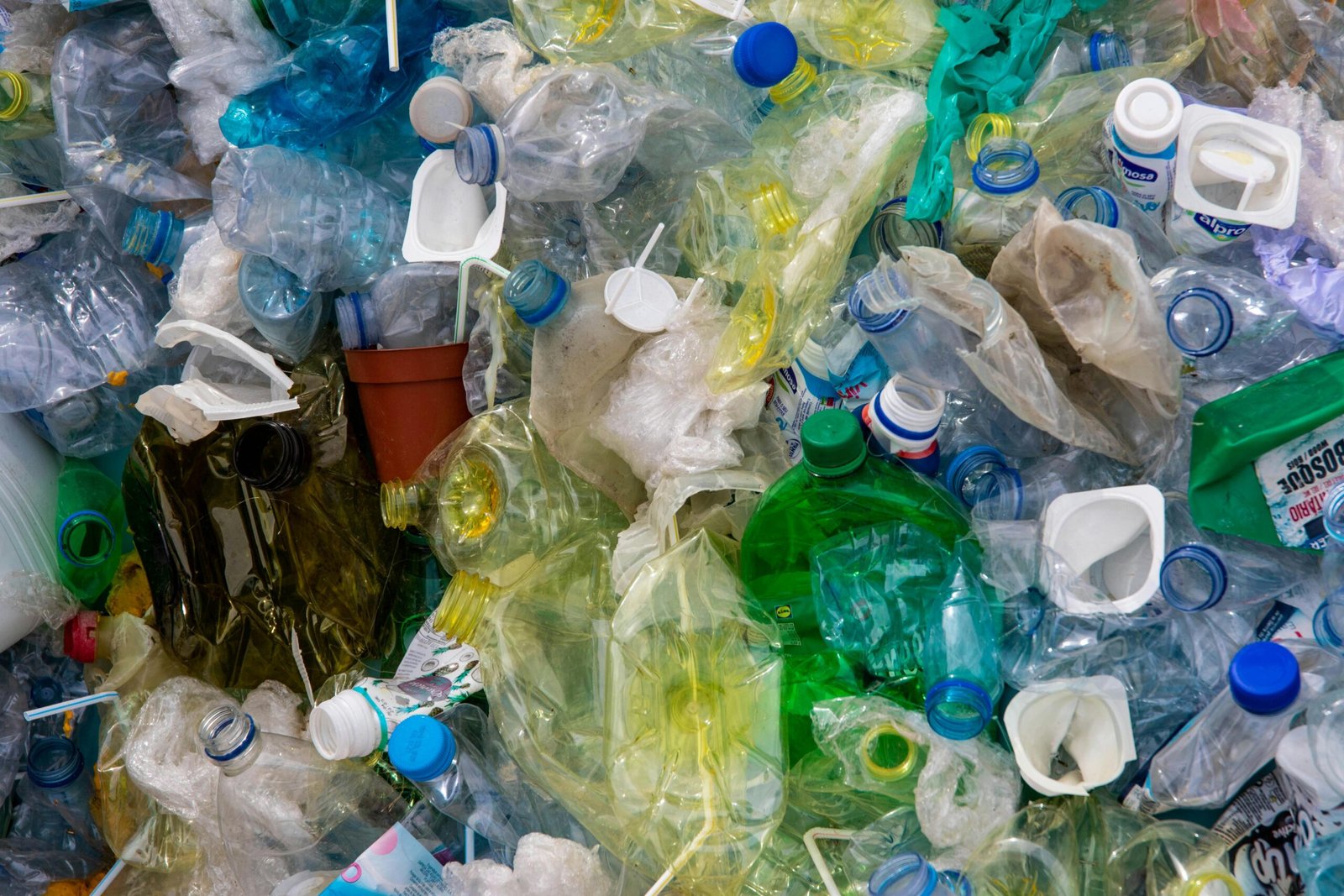Monday Numbers: Plastic’s Environmental Challenges and Earth Day 2024.
Today is Earth Day, which has been observed annually since 1970. It was unexpectedly conceived and started by two unlikely nonpartisan American politicians, Republican Representative Pete McCloskey of California and Democratic Senator Gaylord Nelson of Wisconsin, in 1970.

The Earth Day website’s “History” section serves as a potent reminder of both how different and how similar those two eras are to one another. For instance, the protest movement against the Vietnam War played a significant role in the event’s founding. Worries over “oil spills, industrial pollution, sewage contamination, hazardous waste sites, pesticide use, urban sprawl, diminishing natural habitats, and the threat to biodiversity,” have remained steadfast concerns for both past and present generations, echoing the enduring worries of youth across time.
According to the website:
Senator Nelson was motivated to combine the fervor of student anti-war demonstrations with the growing public awareness of air and water pollution, having been inspired by the student anti-war movement. Senator Nelson convinced Republican Congressman Pete McCloskey to co-chair the plan for a “national teach-in” on college campuses, and he presented the concept to the national media.
In order to maximize student participation, Nelson also enlisted the help of young activist Denis Hayes to coordinate the campus teach-ins and disseminate the word to the general public. They selected April 22nd, which falls between Spring Break and Final Exams.”
According to the website, the movement got started on April 22, 1970, and since then, “20 million Americans – at the time, 10% of the total population of the United States – demonstrated in streets, parks, and auditoriums, to protest the impacts of 150 years of industrial development which had left a growing legacy of serious human health impacts.” Hayes and his team are credited with spearheading the movement.
Additionally, during the administration of Republican Richard Nixon in Washington, this event served as a catalyst for progressive national policy changes:
By the end of 1970, the inaugural Earth Day had resulted in the National Environmental Education Act, the Occupational Safety and Health Act, the Clean Air Act, and the Clean Water Act, as well as the establishment of the US Environmental Protection Agency. Congress enacted the Endangered Species Act two years later.”
Unfortunately, environmental degradation poses a significantly more serious threat than it did in 1970, when people celebrate Earth Day on a global scale in 2024. The current generation has contributed to addressing several environmental issues such as climate emergency, fast changing weather patterns, desertification and rising sea levels, global species extinction, air and water pollution, and the spread of harmful “forever chemicals” like PFAS.
The global “60X40 Movement” to reduce global plastic output by 60% by 2040 and the plastic pandemic are two particularly urgent issues that are addressed on the Earth Day website in 2024.
Here are a few important details found:
9.1 billion tons of plastic have been produced since the material was first used in 1950.
The percentage of all plastics ever made that are still in the environment or in landfills is 79.
50 billion plastic water bottles are bought by Americans each year (or about 156 bottles per person).
An estimated 5 trillion plastic bags are used annually worldwide.
The amount of single-use plastic coffee cups that Americans throw away each year is 25 billion.
– Every year, 14 million tons of plastic enter the world’s oceans, with a large portion of it being hazardous microplastics.
There are currently between 75 and 199 million tons of plastic floating in the world’s waters.
The year 2050 is predicted to arrive when the total weight of plastic debris in the ocean is expected to surpass the total weight of fish found there.
Seventy thousand or more – The average annual consumption of microplastic particles by Americans from their drinking water sources.
– 99.9% – The approximate effectiveness of biologically active slow sand filters, which are employed in some water treatment facilities to filter out microplastics from drinking water.
By using currently available techniques to cut back on single-use plastics and switch to more environmentally friendly options, we could cut the amount of plastic that enters the ocean annually by 80% by 2040.
















What’s up? today99news.com
Did you know that it is possible to send letter perfectly lawful? We are suggesting a novel legal method of submitting appeals via contact forms.
Not thought of as spam, messages sent through Feedback Forms are considered important.
You have the chance to use our service without having to pay anything.
We can deliver up to 50,000 messages to you.
The cost of sending one million messages is $59.
This letter is automatically generated.
Please use the contact details below to get in touch with us.
Contact us.
Telegram – https://t.me/FeedbackFormEU
Skype live:feedbackform2019
WhatsApp +375259112693
WhatsApp https://wa.me/+375259112693
We only use chat for communication.
Greetings! today99news.com
Did you know that it is possible to send business offer lawfully? We suggest a new method of sending appeals through feedback forms.
Feedback Forms make sure that messages won’t be seen as junk, as they are considered essential.
Taste our service for free!
We can forward up to 50,000 messages for you.
The cost of sending one million messages is $59.
This letter is automatically generated.
Please use the contact details below to get in touch with us.
Contact us.
Telegram – https://t.me/FeedbackFormEU
Skype live:feedbackform2019
WhatsApp +375259112693
WhatsApp https://wa.me/+375259112693
We only use chat for communication.